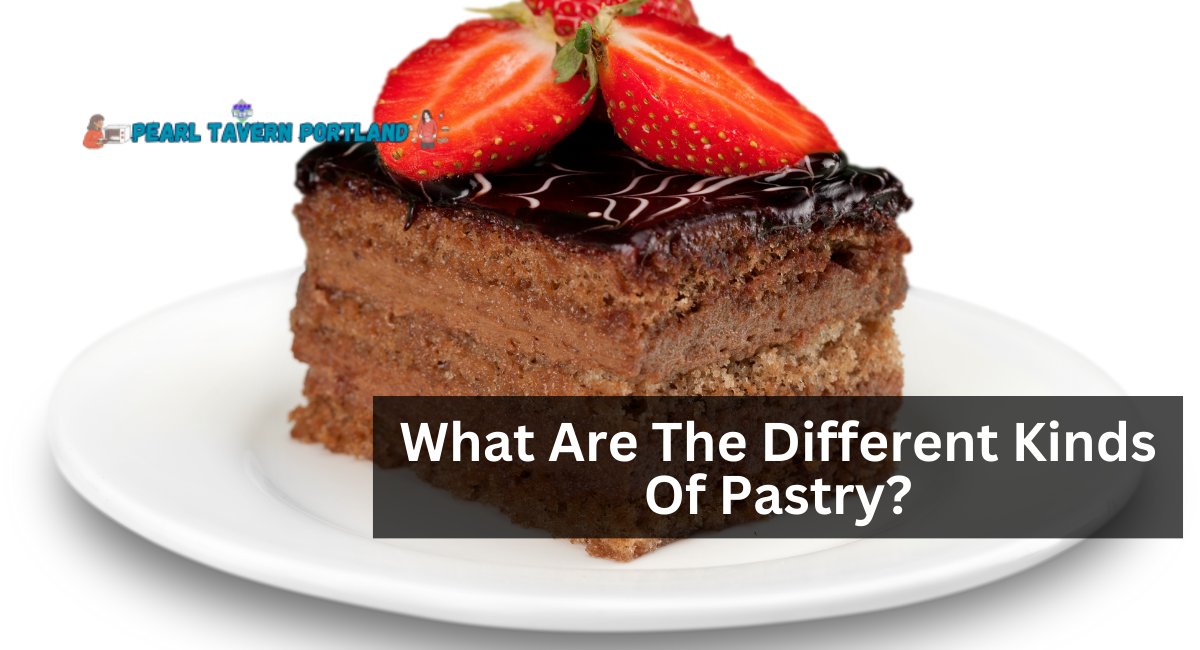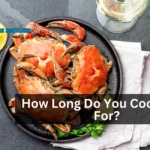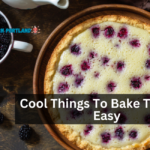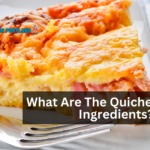If you’re a fan of delectable baked products, you’re probably familiar with the world of pastries. Pastries are a delightful category of baked products that come in various shapes and sizes, each with distinctive characteristics and flavors. In this article, we will take a delectable journey through
the diverse world of pastries, investigating their types, ingredients, and the delightful experiences they offer.
What Is Pastry?
In general, pastry dough consists of flour, water, and a form of fat. Butter is the most popular lipid ingredient. Some pastry recipes, however, call for shortening, fat, or oil.
Many varieties of pastry dough exist. The primary distinction resides in the type of fat, the amount added, and the method of incorporation.
Laminated vs Unlaminated Types Of Pastry Dough
Folded doughs constitute laminated pastries. To create laminated pastry dough, continuous folding is required. This produces layers of butter and dough that are firm and flaky, resulting in pastry dough. This method requires consistent chilling to prevent butter from melting.
The unlaminated pastry is made from dough mixed but not folded. A leavening agent like baking powder or yeast is added to make unlaminated pastry dough. Depending on the recipe, unlaminated dough can also be made without yeast.
Types Of Pastry
Various pastry varieties are based on the proportions of ingredients, how fat is added to flour, and how they are prepared. Additionally, each variety of pastry has a unique function. Here are the primary varieties of pastries that all bakers must know.
1. Shortcrust Pastry
Shortcrust pastry is a common, basic variety that combines butter chunks and flour. Once the butter forms small chunks with the flour, cold water is added to make the dough join in a ball. According to The Guardian, the butter prevents the water from saturating the flour and turning it into a sticky mass. A shortcrust pastry aims to keep the dough soft and crumbly while preventing gluten formation. To avoid oversaturating the dough and causing it to become too dense and hard, the baker must gently add water to the dough.
After the dough is combined, it is refrigerated before being flattened on a floured surface. The dough must be refrigerated for at least 30 minutes so the gluten can relax and the oil can solidify. The dough ends up soft, crumbly, and full of tiny fat pockets, making for a top with a strong flavor. Most commonly, pie crusts are baked with shortcrust pastry. You can add cheese to the pastry for a quiche Lorraine or chocolate for a chocolate-crusted cream pie.
2. Choux Pastry – Pate a Choux
Choux pastry pronounced “shoe pastry,” is made from a French dough called pate a choux, which means “cabbage paste.” The little baked treats look like small cabbages. Hence, the name.
The fundamental dough with a high water content is twice cooked. It is initially prepared on the grill. The light and airy pastries were then piped into tiny puffs and baked. You can also use them to create desserts like cream puffs, profiteroles, éclairs, and churros.
Cream puffs: Using cream puffs to make impressive desserts for your guests. You can fill these with whipped cream after making choux pastry from scratch for a quick and tasty treat.
Profiteroles: The traditional French dessert profiteroles are prepared from a choux pastry that is as light as air. Additionally, they are filled with vanilla pastry cream, whipped cream, or ice cream and glazed with chocolate.
Eclairs: The classic eclair also utilizes the choux pastry dough, piped into long, tubular shapes. To be filled with pastry cream, whipped cream, fruit, etc. Frequently, chocolate glaze is also employed. Frequently, chocolate glaze is also employed.
Churros: are deep-fried delicacies. Nevertheless, are you aware that it is constructed with choux pastry dough? Yes, instead of baking the choux pastry, we place the dough in a piping bag and deep-fry it until it is golden and crisp. Typically powdered with cinnamon sugar and served with chocolate sauce or ice cream.
3. Puff Pastry
The traditional puff pastry has been around for centuries and is the foundation for various delicious, flaky pastries. Pate feuilletée is another name for the iconic puff pastry. It translates to “layered dough” in French. The strata contain only three key ingredients: flour, water, and butter. This dough contains neither leavening nor yeast.
The puff pastry consists of three components: the flour, known as détrempe in French. The butter block, known as beurrage, and the Paton are the dough packaging created by combining the flour and butter block.
It is used to create savory pies such as meat pies, chicken pot pies, and rough puff pastry pizzas, as well as sweet treats such as mille feuilles or Napoleon, Nutella puffs, apple turnovers, cream horns, vol-au-vents, and sausage rolls.
Frequently, a recipe for fast puff pastry will also be included. This is essentially a concoction of butter and flour in a rough state. Although we construct a few layers, it is different from traditional pastry. It is speedier because there is no lamination required. The resultant pastry is buttery and flaky but lacks uniform layers. It has a delectable flavor and closely resembles the original. If you can’t prepare the classic, this is an excellent substitute.
4. Filo
A relative of puff pastry, filo is created by layering thin pastry sheets over its filling, as in baklava or spring rolls. The unleavened dough is stretched into a paper-thin sheet, coated with oil, and then layered with additional dough sheets and oil so that, when baked, it crisps rather than rises.
5. Choux Pastry
The incorporation of eggs distinguishes choux pastry. Water and butter are added to the simmering water to create choux pastry, resulting in a higher water content. After the pastry dough has cooled, add the eggs and combine.
The baked choux pastry exterior is crisp and has a hollow interior after baking. It is frequently stuffed with cream filling or whipped cream and covered with caramel sauce or melted chocolate.
Choux pastry is used to prepare eclairs with pastry cream and profiteroles or cream fritters with pastry cream filling.
Tips For Working With Pastry
- Start by carefully reading the recipe. Moreover, use ingredients at the appropriate temperature. For example, butter must be firm when chilled, not simply chilly. This can have a significant effect on the result.
- Weight, not volume, should be used to assess the ingredients. Use liquid measuring containers for liquid ingredients as well.
- Invest in an oven thermometer to guarantee your oven is at the proper temperature.
- Moreover, a candy thermometer is essential when measuring your dessert’s sauce, caramels, and chocolate.
- Ensure that the butter is cold but not firm when laminating the dough. Properly seal the butter to prevent leakage.
- Always preheat the oven to the correct temperature and ensure it is heated before baking the pastry. A chilly oven can melt all the butter out of the pastry, leaving a puddle of melted butter at the bottom.
- Most pastries must be prepared at a colder temperature. This is the best method to ensure that the butter between the layers of dough steams rather than melts.
- You must give yeast doughs enough time to rise but never over-proof them.
- Always utilize the central baking rack. And if you must bake both the top and bottom, swap the trays halfway through baking. Front to back, starting at the top.
- Utilize glazes at the correct temperature and at the right time.
Thanks for visiting our site..










